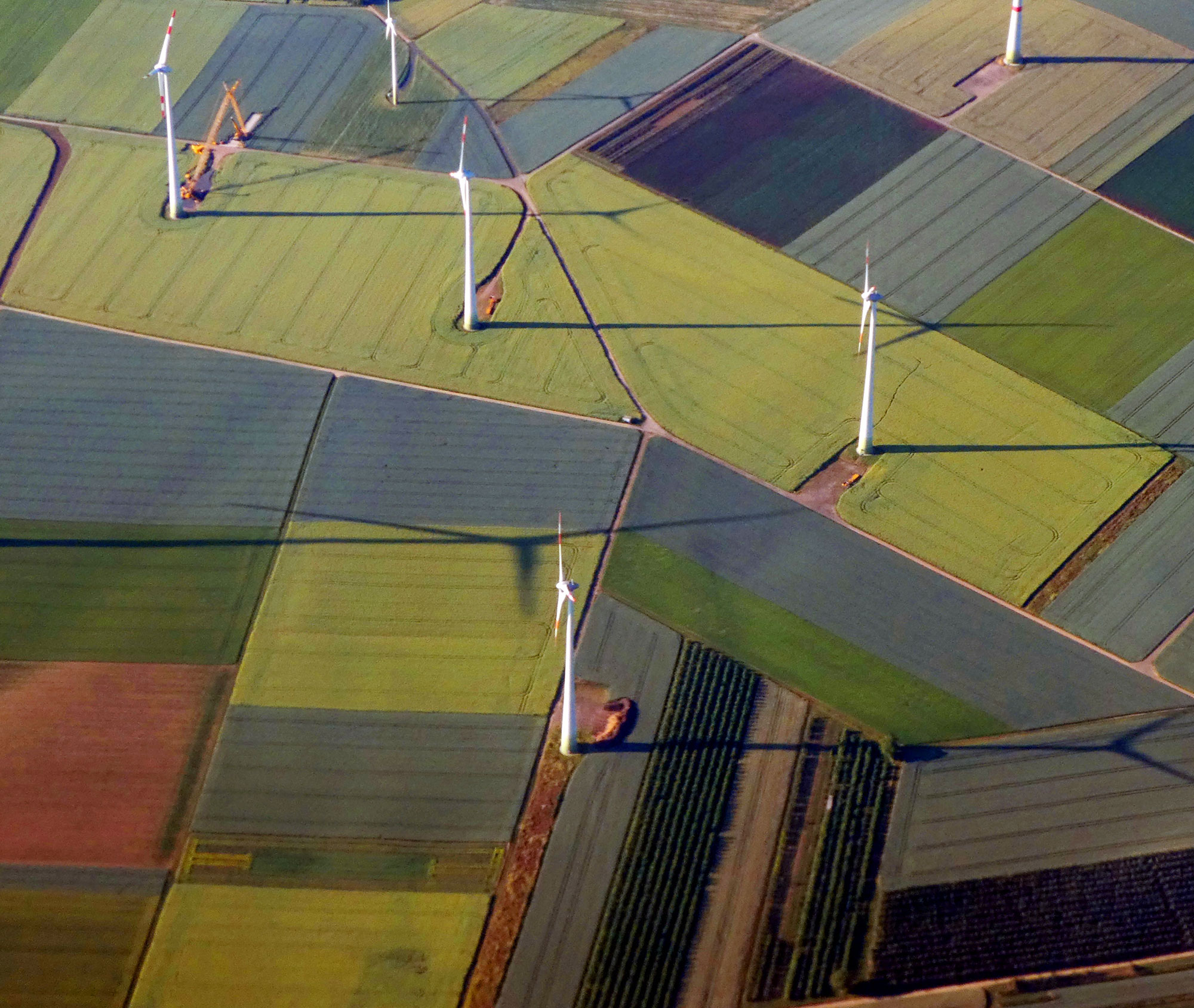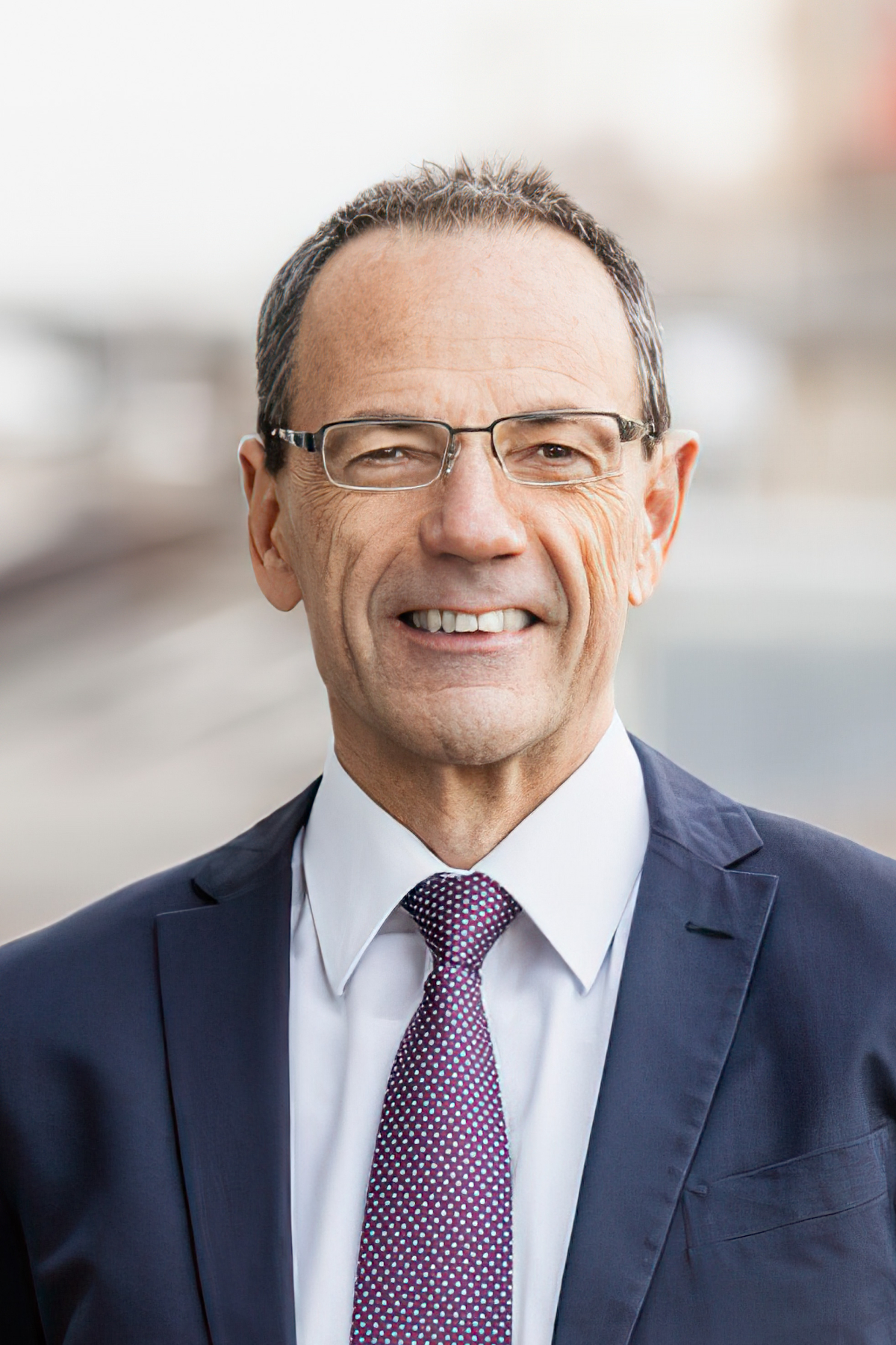Taking off the blindfold
With its Green Deal, the EU seeks to move forward with reducing greenhouse gas emissions to zero by the year 2050. Is this goal achievable globally as well? Lino Guzzella believes this is unrealistic. While the professor of thermotronics is by no means expressing doubts about the available technologies, he questions whether we are properly assessing the economic and political constraints.

Net zero. This is how the EU refers to its Green Deal, which aims to achieve a neutral balance of greenhouse gases by the year 2050. Anyone wanting to put this mammoth task into the proper context must look to where climate change is occurring – namely across the entire globe. In 2020 humanity’s primary energy sources were more than 80 percent coal, oil and gas. Solar energy and wind power still account for only a few percent globally. And in less than 30 years, we want to do without fossil-based sources for our energy needs, which have grown more than fivefold since 1950.
Of the nearly 8 billion people on the planet today, a good 3 billion are living in prosperity. The remaining population, plus the 2 billion that will be added by the year 2100, have a right to a life of prosperity as well – a point underscored by two of the 17 UN goals for sustainable development. But given that increased prosperity requires energy, which in the short term will lead to emissions rising yet higher, it won’t be possible to generate climate neutral energy for all by the year 2050. To achieve this, we would have to downsize per capita and annual CO2 emissions five times more than in the past 20 years, a feat that borders on magic. For this reason we need to make a clear statement: net zero will take longer and cost more than we currently think.
If we refrain from fixating on the year 2050, however, good news is on the horizon. Over the long term we can replace fossil-based sources with renewable energy, using it together with green hydrogen as a raw input to the steel industry, as a fuel for long-distance transportation routes or as storage. Technologies such as cogeneration and further increases in energy efficiency can also help. The technical solutions are available and they work.

Lino Guzzella (64) is a professor in the Department of Mechanical and Process Engineering at ETH Zurich. The Swiss-Italian mechanical engineer has for decades been conducting research into the optimization of energy conversion systems.
Time and money
The issue is that we need enormous amounts of renewable power in specific sectors such as industry, heating and transportation. Furthermore, the global energy and grid landscape must undergo massive expansion to ensure a stable energy supply. That won’t occur overnight; it takes time.
Added to that is the fact that the transformation must be affordable, otherwise it simply will not happen. According to estimates by Goldman Sachs, more than 60 percent of carbon dioxide emissions could be reduced at a cost of less than 100 US dollars per tonne of CO2. This also includes approaches that are unpopular among climate activists, such as substituting efficient gas turbine plants for coal-fired power plants in the Asia-Pacific region, which quickly cuts their CO2 emissions in half. Other measures that can be implemented relatively fast include insulating buildings and increasing energy efficiency through sensors, control system technology and automation, all of which happen to save money as well. We need to go down these paths first! In contrast, e-mobility or making industry climate neutral is many more times expensive.
“The transformation must be affordable, otherwise it simply will not happen.”
Lino Guzzella
Moving faster and more cost-effectively in the direction of net zero requires us to adapt the strategy. That means taking off the blindfold, widening our view and pursuing the multitude of available technologies. It also means reducing emissions beyond the electricity industry. And possibilities such as storing or capturing CO2 from the atmosphere must be vigorously explored and applied.
In my view, the most important task of government lies not in dictating technologies, but in negotiating a global price for greenhouse gases. After all, solving the global challenges of climate change calls for global solutions. Were Europe to press ahead unilaterally, that would put its industry at a competitive disadvantage and, ironically enough, punish precisely those companies that are doing so much for climate protection. We will find a fair and effective global solution only if all of the economic heavyweights do their equal share. By remaining open to technologies and weighing costs versus benefits, we can keep climate change in check. But that means having the courage to face a number of uncomfortable truths.
Published 03.06.2022, last updated 21.06.2022.
Dive into the world of the process industry through new exciting stories every month with our «changes» newsletter!









